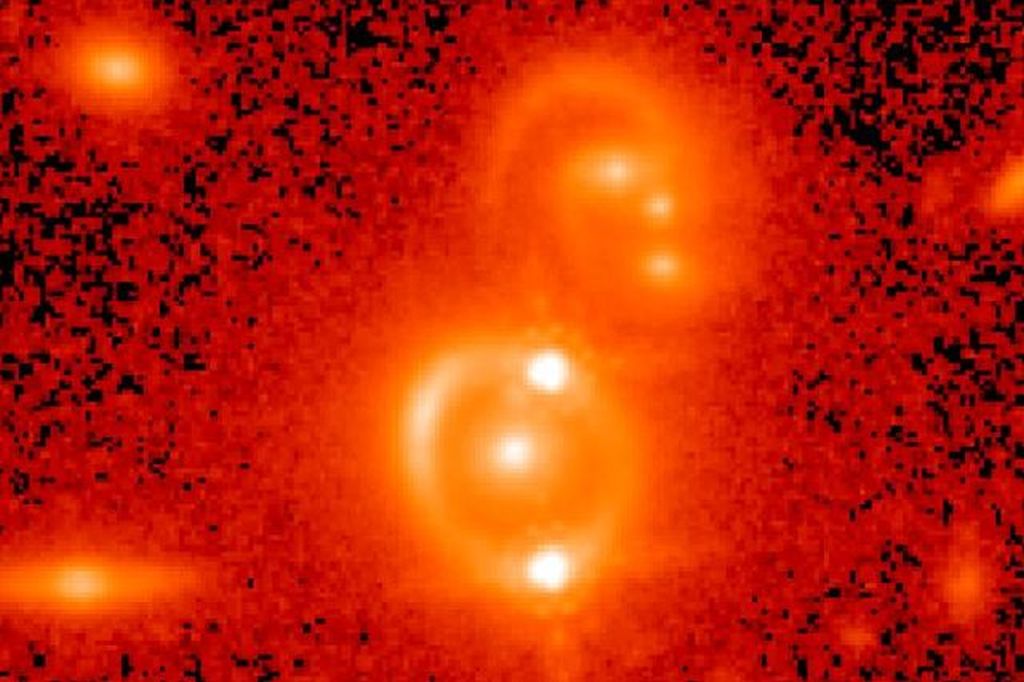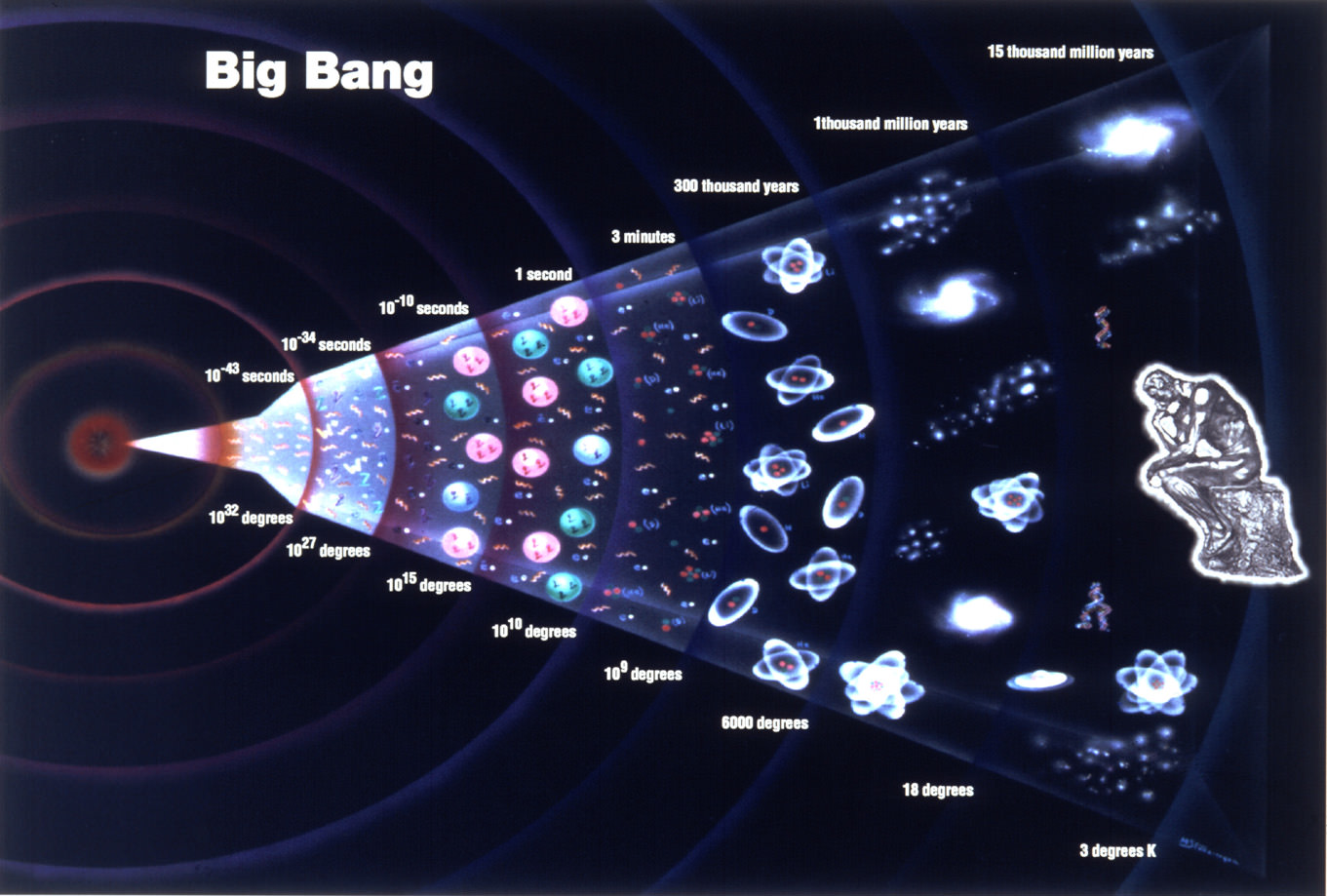How fast is the Universe expanding? That’s a question that astronomers haven’t been able to answer accurately. They have a name for the expansion rate of the Universe: The Hubble Constant, or Hubble’s Law. But measurements keep coming up with different values, and astronomers have been debating back and forth on this issue for decades.
The basic idea behind measuring the Hubble Constant is to look at distant light sources, usually a type of supernovae or variable stars referred to as ‘standard candles,’ and to measure the red-shift of their light. But no matter how astronomers do it, they can’t come up with an agreed upon value, only a range of values. A new study involving quasars and gravitational lensing might help settle the issue.
Continue reading “Quasars with a Double-Image Gravitational Lens Could Help Finally Figure out how Fast the Universe is Expanding”

